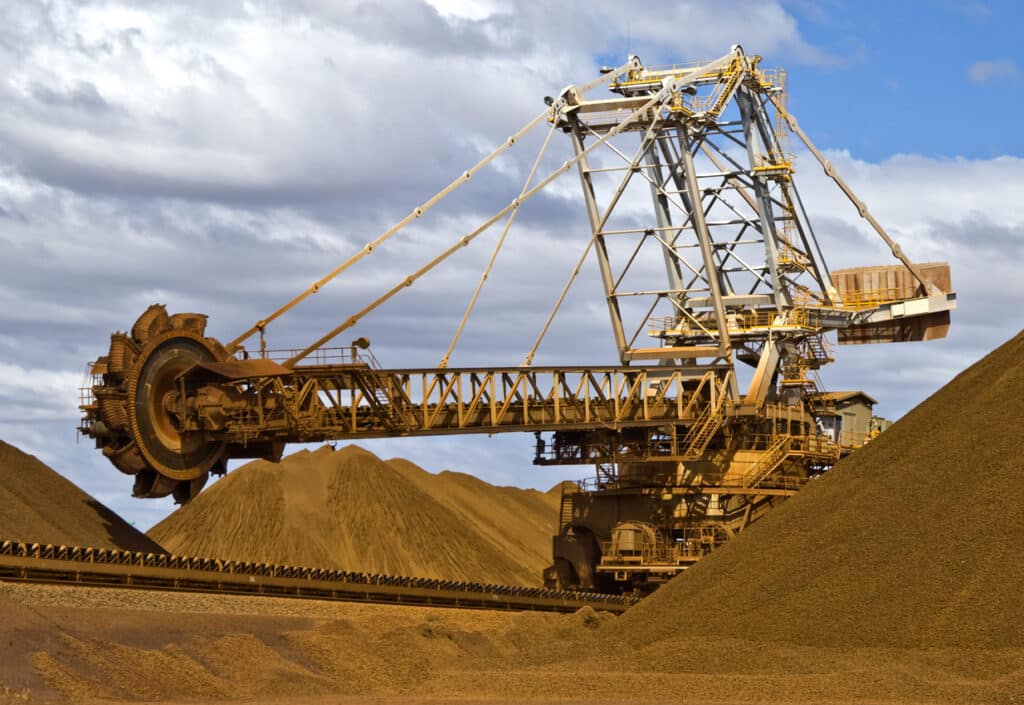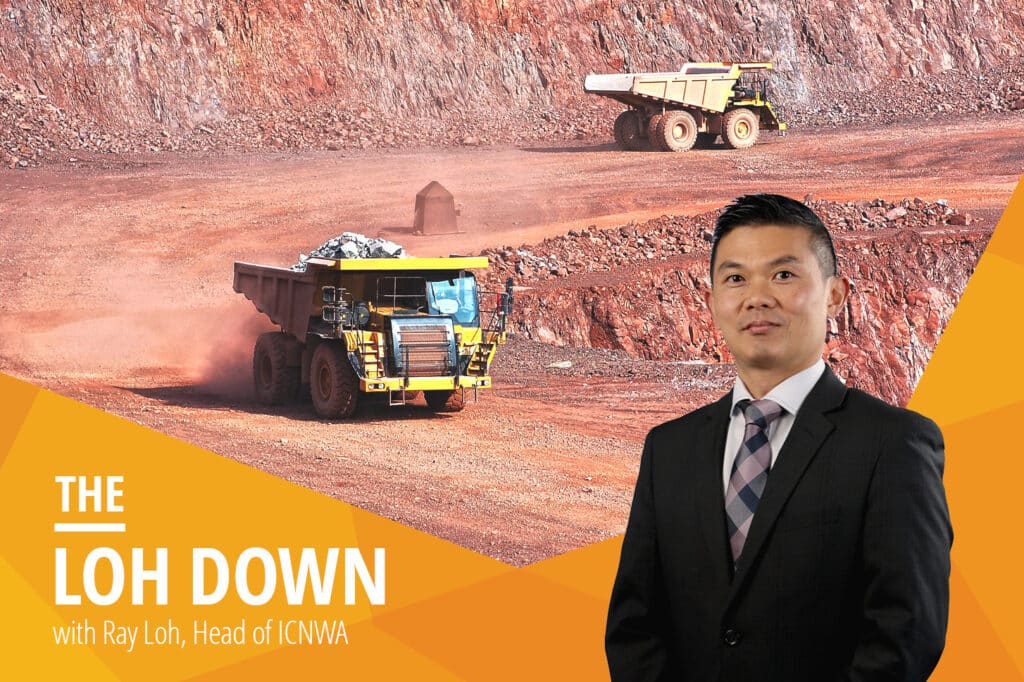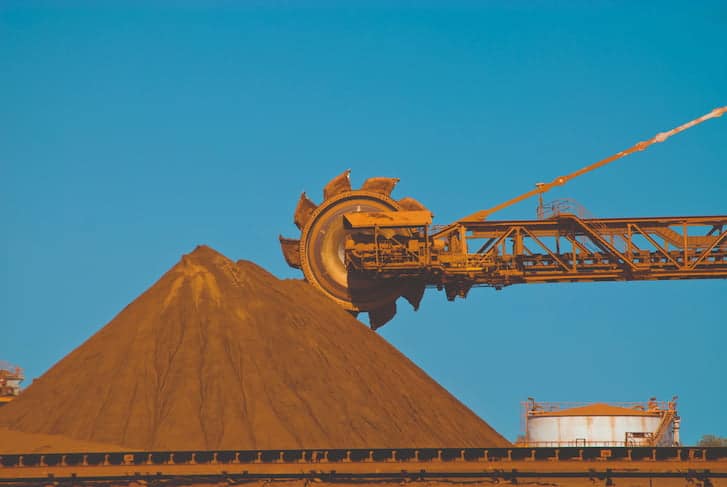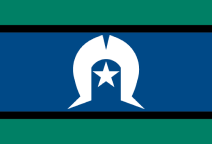Australian Vanadium Project to deliver mine and processing plant
Vanadium batteries are emerging as an important piece of the renewable energy transition puzzle and Australian Vanadium Limited’s (AVL) project in WA’s Mid West is well placed to meet growing demand.
The Australian Vanadium Project began development in 2015 and is aiming to commence construction next year, with production targeted for late 2025/early 2026, pending financing and approvals.
The project is profiled on WA Investments* to raise $500+ million of capital to build the project, including plant and infrastructure. It involves an open-pit mine near Meekatharra and a processing plant near Geraldton.
Vanadium is primarily used for making metal alloys for high-strength steel production for space vehicles, military aircraft, nuclear reactors etc. It is also critical for vanadium flow batteries (VFBs) for renewable energy storage. AVL is planning to target markets for both applications.
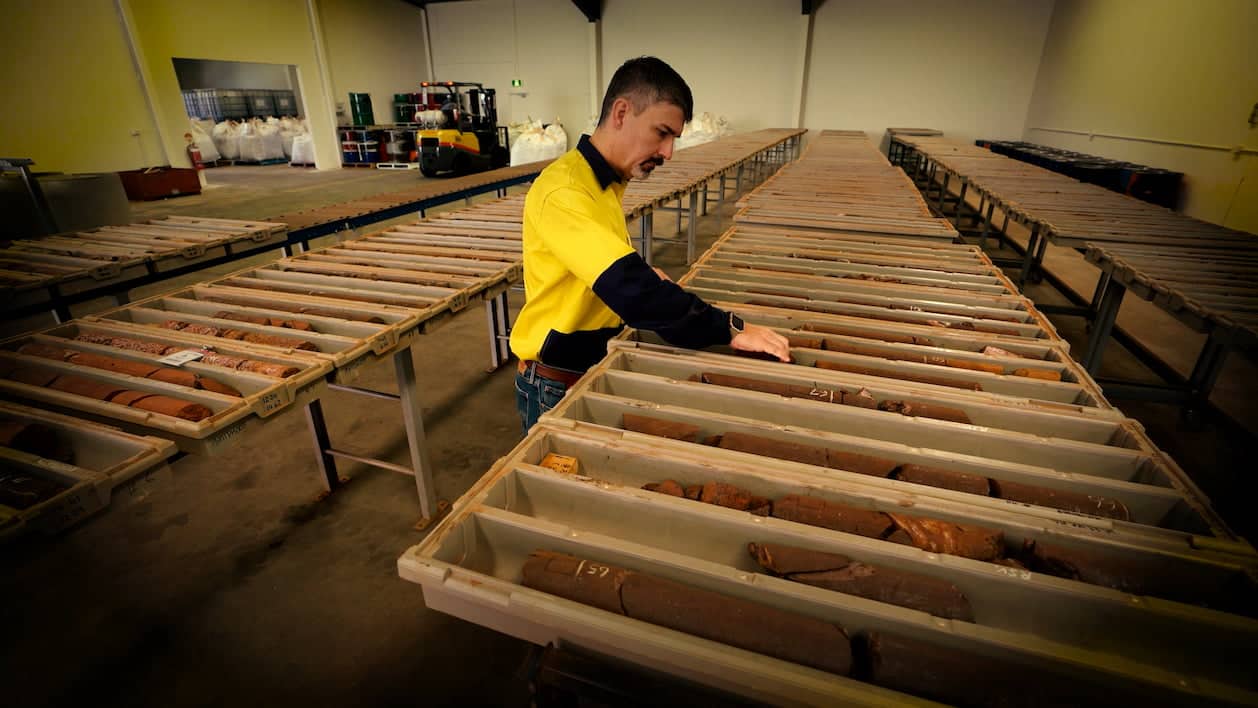
Australian Vanadium Limited (AVL) Chief Operating Officer Todd Richardson examining AVL core. Photos courtesy of AVL.
Low-risk, high-profit project
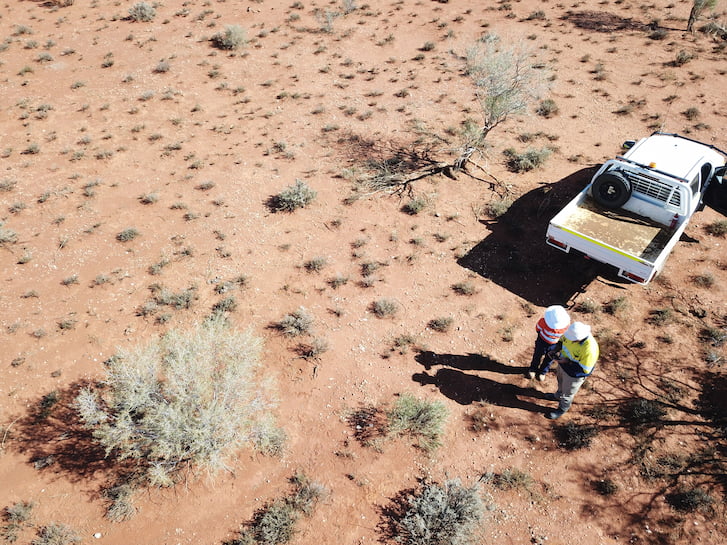
The Australian Vanadium Project in Western Australia's Mid West includes an open-pit mine near Meekatharra and a processing plant near Geraldton.
Graham Arvidson, AVL’s CEO says it is one of the most advanced vanadium projects being developed in the world.
“The Australian Vanadium Project is located in a tier-1 (low-risk) mining jurisdiction and is comprised of a high-grade vanadium resource, amenable to an industry standard processing route,” he says.
“Situated in a stable and politically secure jurisdiction, the project benefits from a supportive regulatory environment and access to well-established infrastructure, including transportation networks and skilled labour.”
The company secured a $49m grant from the Australian Government in May 2023 to support the project. In September it announced a proposed $217m merger with Technology Metals Australia, which would consolidate two adjoining projects across one orebody, unlocking material synergies.
“The merger will result in a logical consolidation of two adjoining projects, creating the leading ASX listed vanadium project developer,” Arvidson says.
AVL is seeking a mixture of debt and equity investment for its project, such as from Australian Government funding organisations, overseas export finance agencies, banks and equity from institutional investors and superannuation.
Project to deliver mine and processing

Fresh magnetite core from the Australian Vanadium Project.
The AVP will have the potential to produce 11,200 tonnes of vanadium pentoxide over a mine life of at least 25 years. It is also aiming to produce an iron-titanium co-product and, at a separate manufacturing facility, vanadium electrolyte.
Arvidson says there is potential to increase production and/or the mine life beyond the initial 25 years.
“AVL’s ‘pit-to-battery’ strategy offers Australian downstream processing and manufacturing potential, with associated job creation,” he says.
“The vanadium flow batteries (VFBs) are a long duration energy storage technology which is robust, non-flammable and scalable. It is one of the solutions required to enable the renewable energy transition.”
The processing facility will be strategically located between Geraldton and Mullewa.
“The location allows for easy access to a gas supply, water and a local workforce. It also enables an iron titanium co-product to be sold from the Port of Geraldton,” Arvidson says.
The facility will primarily produce vanadium pentoxide and for further downstream processing, AVL can convert some into vanadium electrolyte.
Construction of the company’s first vanadium electrolyte facility is underway in Wangara and will be completed by the end of the year. This facility is designed to produce up to 33 megawatt hours per year of vanadium electrolyte for VFBs.
“Until production of vanadium oxides from our Mid West processing hub commences, vanadium oxide feedstock for the electrolyte facility will be sourced through AVL’s agreement with US Vanadium and third-party sources,” Arvidson says.
Team with specialised expertise
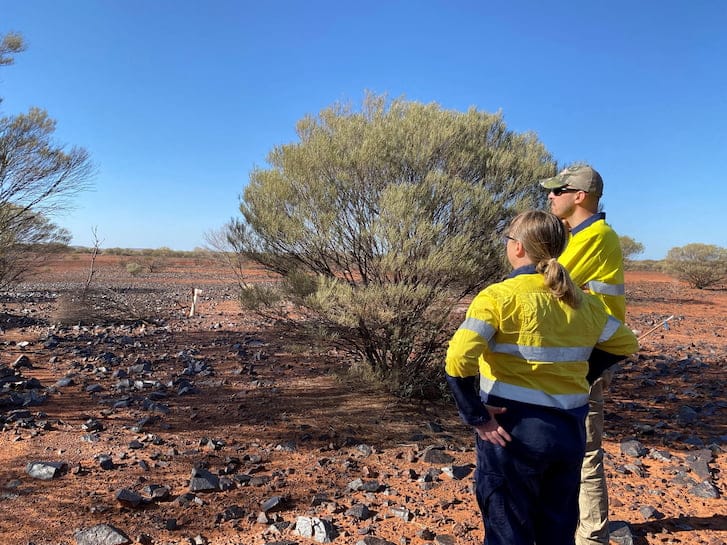
Geologist Gemma Lee and CEO Graham Arvidson at the project site.
The project will create just over 1000 jobs during construction and about 300 during operation.
“We have a well-qualified and experienced management team, with a track record of successful projects in the vanadium industry, which adds credibility and instils investor confidence in the project's potential for success,” he says.
While AVL is mindful of skills shortages impacting the construction industry and major projects, Arvidson welcomes “developments in skilled visa migration and the work being undertaken by schools, universities and industry to attract people into the industry”.
*WA Investments is a collaboration between CCIWA and Invest and Trade WA.
For information about showcasing your project or investment opportunities, visit WA Investments.




